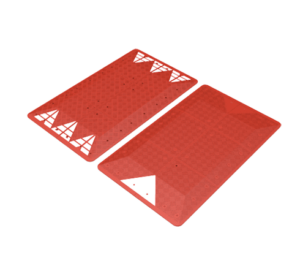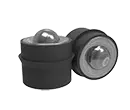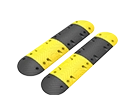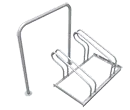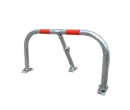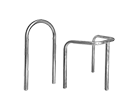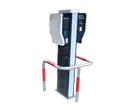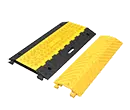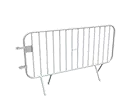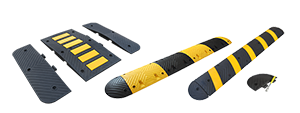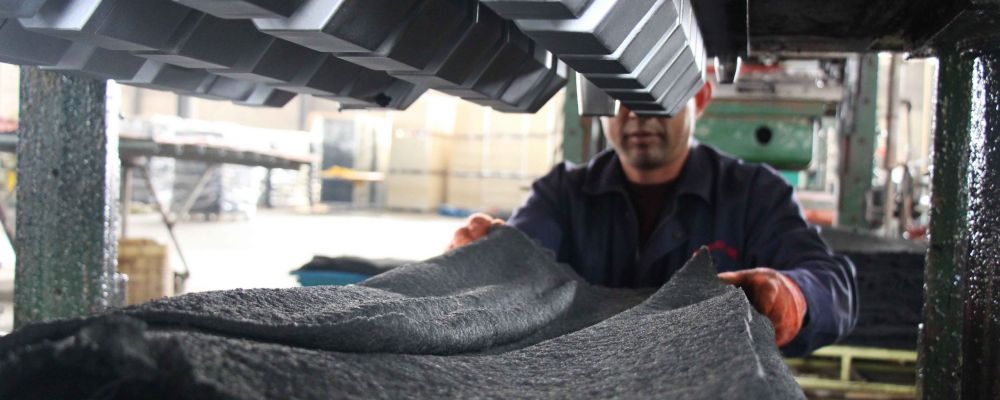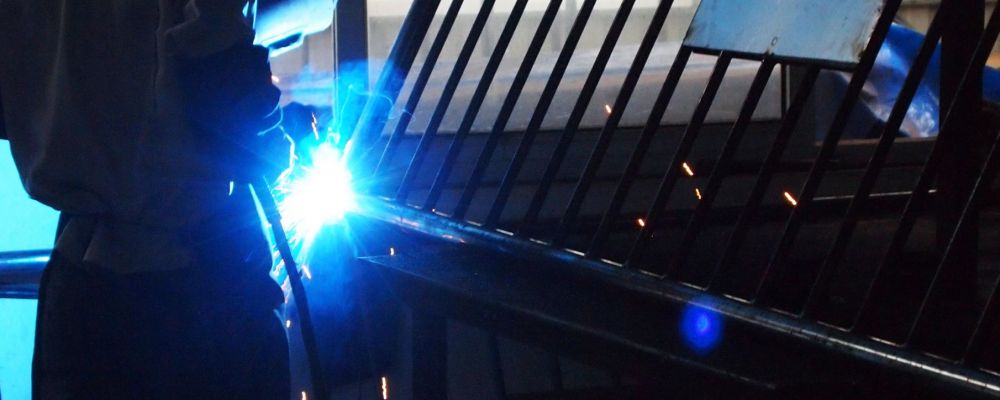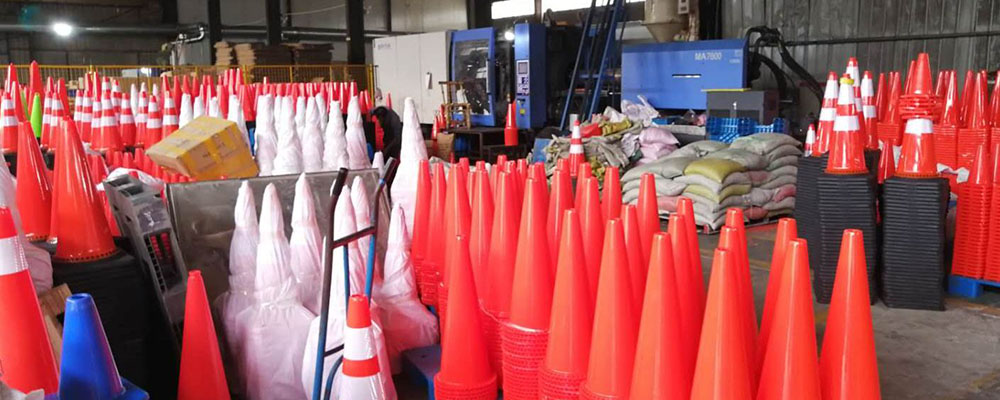Pros and cons of traffic calming humps
The speed hump is one of the most commonly used traffic calming measures. There is no doubt that these devices are some of the best engineering measures for reducing speed. As part of the raised section category of traffic calming, these are similar to speed bumps. Speed humps are usually the choice for speed reduction on most emergency vehicle routes.
The primary reason for including the speed hump in a traffic control plan is that it partially slows down traffic. So, it is one of the most effective methods to discourage speeding and enforce traffic safety.
Speed humps are, therefore, an important consideration for most transportation engineers. To know everything about speed humps, it is important to understand their pros and cons.
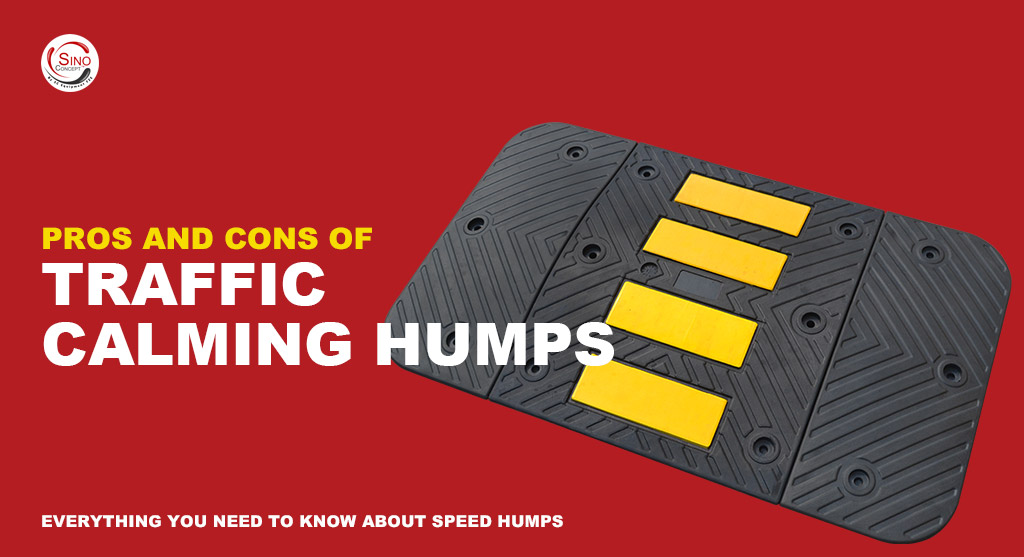
Facts about speed humps effectiveness!
Transportation engineers have a variety of traffic calming measures at their disposal to enforce traffic rules. However, their efficiency in achieving optimal speed control is a key factor. In the case of speed humps, there have been studies done that showcase their effectiveness.
Three of the most important facts regarding speed humps are the following:
Speed humps can slow traffic by 40%
Speed humps often enforce speed limits on roadways. These traffic control devices are one of the optimal choices on the routes designated for all types of vehicles.
They are effective engineering measures to create a slow zone such as a work zone, school zone, or just a pedestrian zone. This is because they are 40% effective, according to the UK government’s Local Transport Note 1/07.
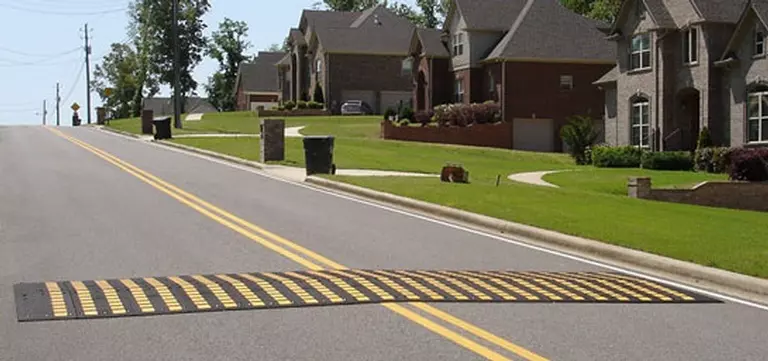
Speed humps lower the collision rate by 44%
One of the primary reasons efforts are made to calm traffic is to prevent accidents. This is because when the speeds are lowered, so are the number of collisions. Higher road traffic safety is a certain result of these speed reduction devices.
The speed hump is an effectively raised section for this reason, as a study by the Iowa Department of Transportation showed that it can reduce the number of crashes by 44%.
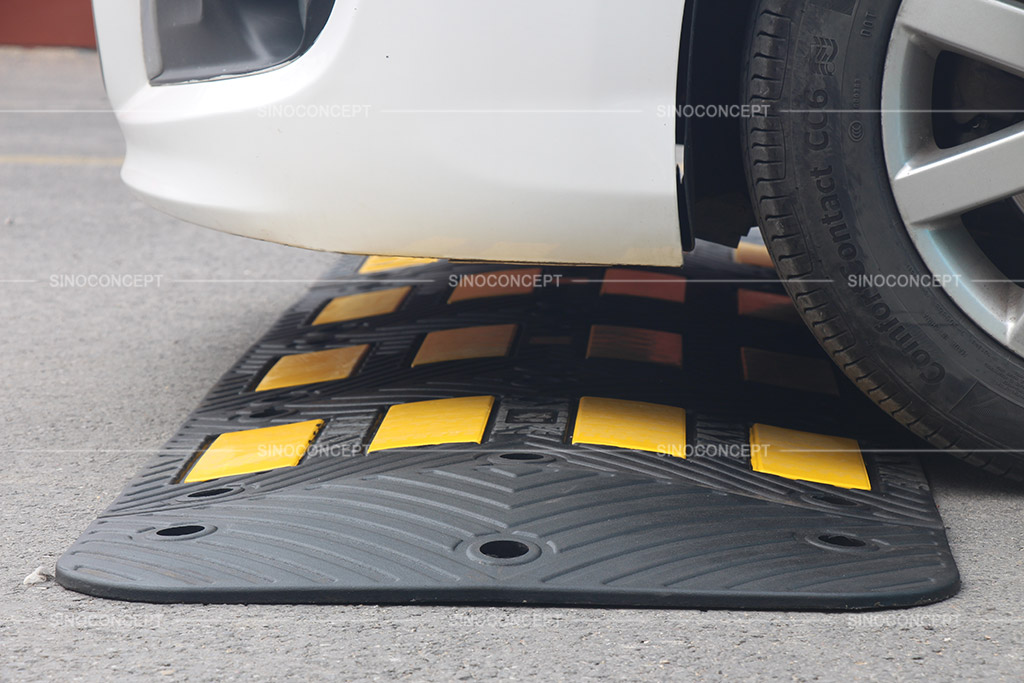
Learn more: Facts about speed humps effectiveness!
Get to know the disadvantages of speed humps!
As effective as they enforce road safety, speed humps still receive criticism in some areas. While these cons are usually tied to the traditional concrete speed hump, the concerns remain valid. They are the following:
Installation and maintenance are expensive
Traditional concrete speed humps are difficult to install and take damage throughout the year. Both these factors add up to high costs. In contrast, rubber and steel speed humps can be bolted to the ground and easily removable.
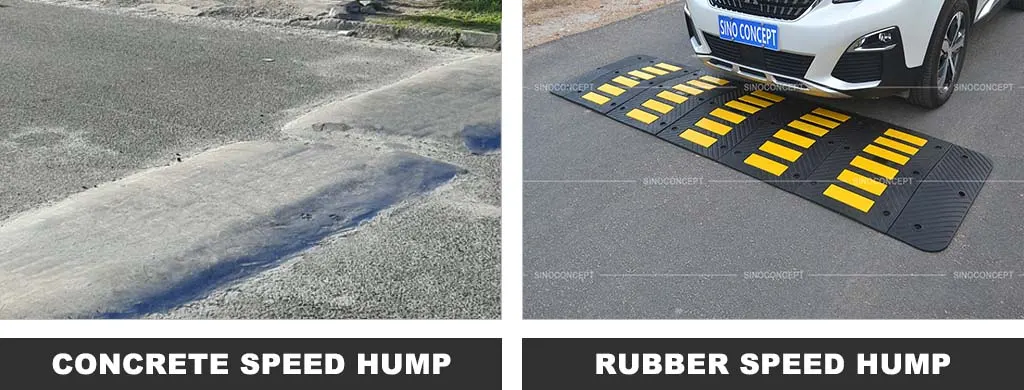
Fuel efficiency is reduced
This applies to all traffic calming techniques, as slowing down and speeding up increases fuel consumption. Also, the average motorist will use more fuel because of the increase in traffic caused by the slower traffic conditions.
Removal is expensive
Traditional concrete speed humps are permanent, so their removal is difficult and expensive, which is a disadvantage. Alternatively, rubber and steel speed humps are temporary, so they can be easily removed and placed elsewhere.
Property values are reduced
Many people try to avoid living near speed humps due to the noise generated when a vehicle passes through. This can reduce the property values near speed humps or in areas with traffic calming techniques in general.
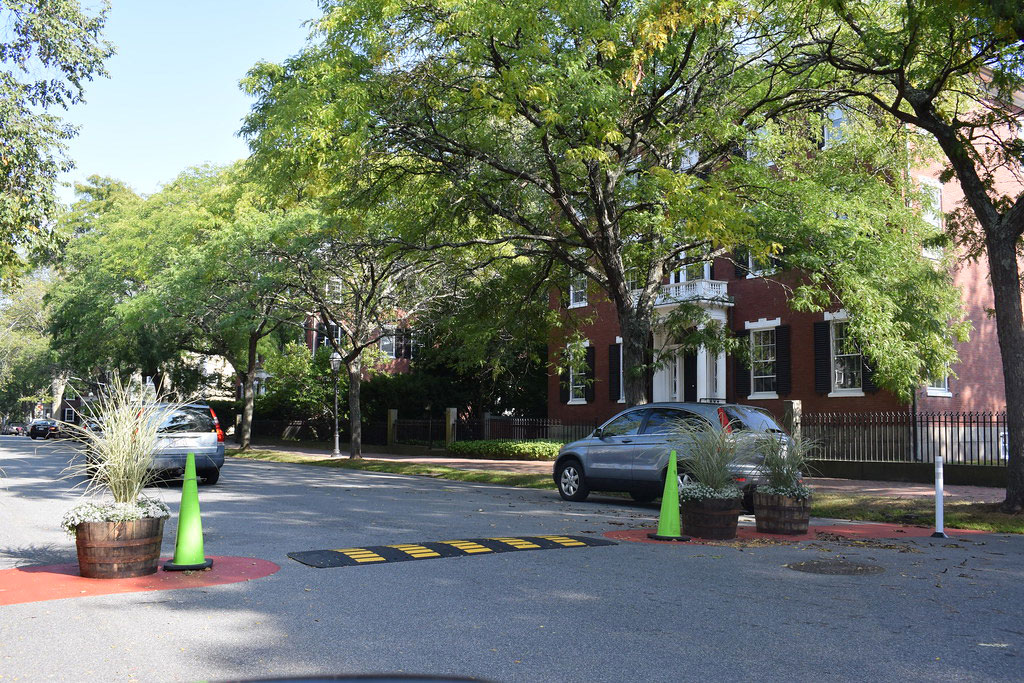
Increased wear and tear
Older speed humps are known to induce higher amounts of wear in the oncoming traffic. Long-term damage can be expected if the motorist doesn’t slow down. Comparatively, rubber speed humps can absorb the impact better and won’t damage the oncoming traffic much.
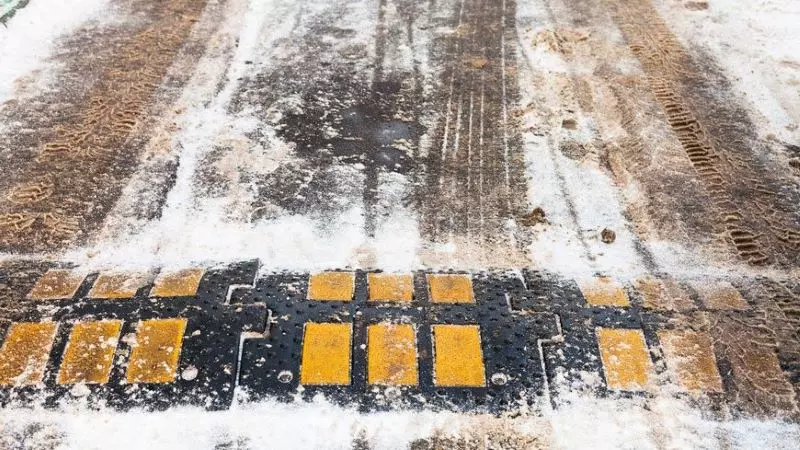
Emergency vehicles are slowed down
Despite the speed hump being one of the most common devices used on emergency routes, it still increases vehicle response times. Fire trucks and ambulances can lose seconds in response times as a result. The speed table is more useful as it leads to less congestion.
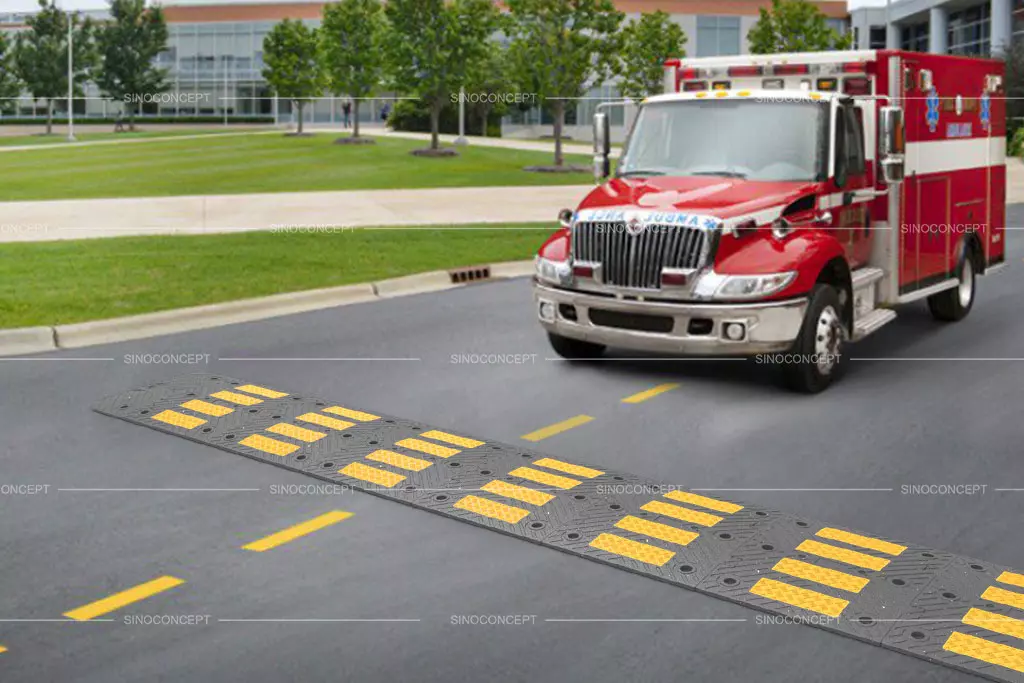
Learn more: Get to know the disadvantages of speed humps!
The 2 major benefits of speed humps
Speed humps have several benefits that make them commonplace according to the traffic data available. To know how to use them effectively, one should understand these pros.
The major advantages of speed humps are the following:
- They reduce accidents
Speed humps slow down vehicles and make them conform more to speed limits. As a result, they reduce not only accidents but also their severity. As a result, the damage incurred from any potential accidents is lowered.
- They inhibit pollution
The experts argue upon this point as some say that the starting and stopping of vehicles increase the production of harmful greenhouse gases. However, speed humps are known to decrease traffic volume, so this causes an overall decrease in pollution.
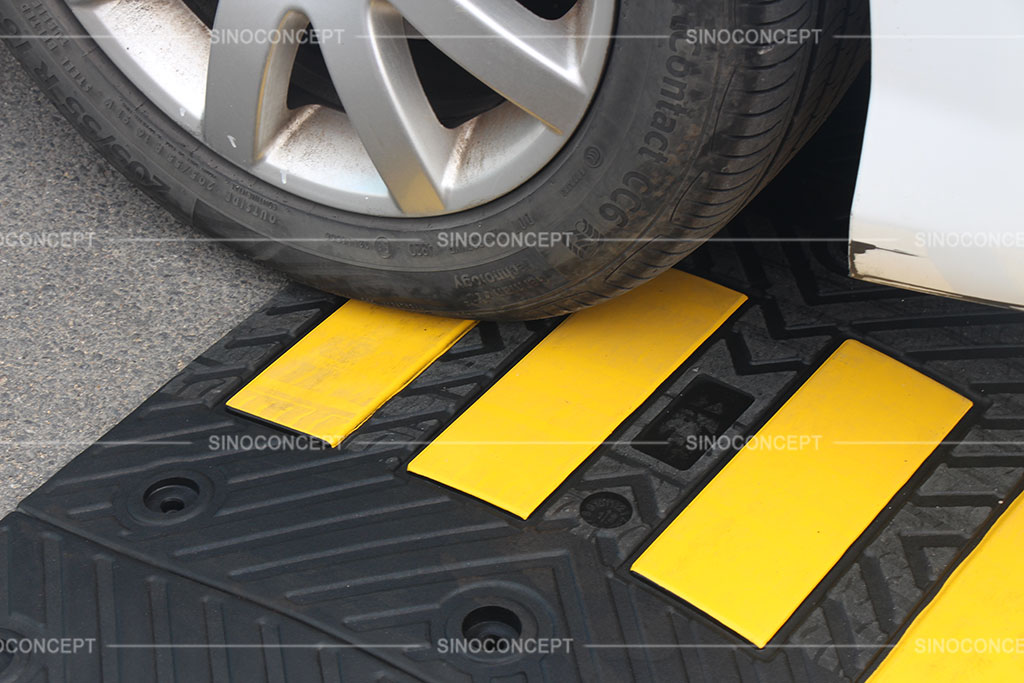
How do speed humps work?
Speed humps are speed breakers installed in the middle of roadways.
As a result, the oncoming vehicular traffic becomes slower to go over them. This is because the faster the motorist goes over the speed hump, the greater the discomfort experienced.
So, anyone originally intended to speed slows down, which applies to all the oncoming vehicular traffic.
There’s usually a consistent need for speed reduction, so the speed humps are closely spaced apart and placed in a series.
In the case of a well-made speed hump, a 600-mm tall one should achieve a low speed of 25 miles per hour (40 km/h). The dynamic speed figure for a 900-mm tall hump is usually around 30 mph (50 km/h).
In the case of speed bumps, their heights are greater. Therefore, the traffic speed requirements are lower to prevent discomfort and vehicular damage.
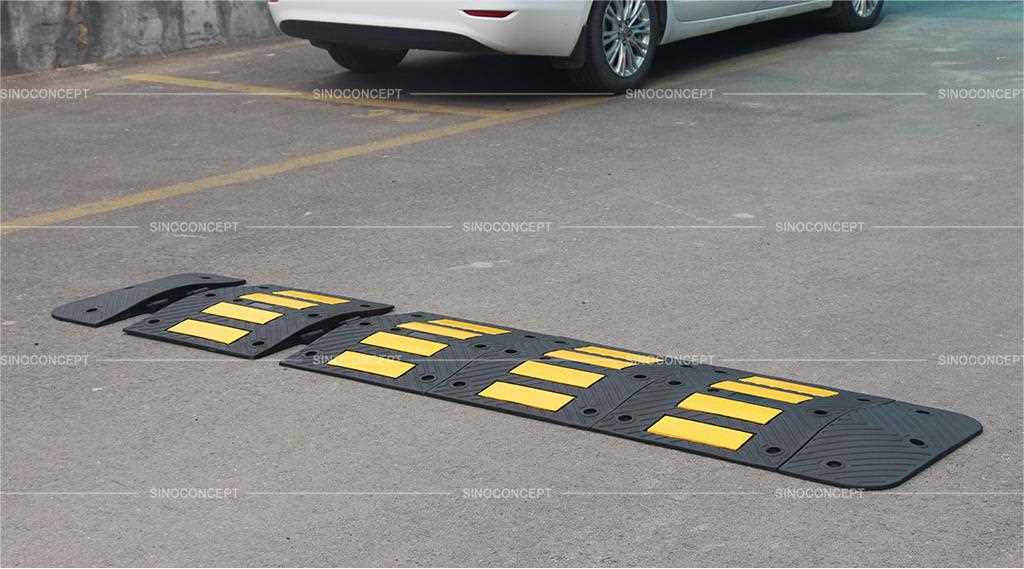
Speed table vs speed hump
Both speed humps or speed tables can be seen as bumps in the road. They are used to enforce speed limits as an alternative to the police.
A speed table can be used to reduce speed. Speed tables are speed breakers that cause vehicular traffic to slow down. Its role is to warn motorists not to speed through traffic. Speeding can be discouraged by using the speed table.
A road hump is slowing traffic on streets and roads in cities. It creates more congestion than the speed tables and reduces traffic volume. On emergency-response routes like the speed table, the speed hump can also be used.
It allows emergency vehicles like fire trucks and ambulances to pass without affecting their response time. It also enforces pedestrian safety.
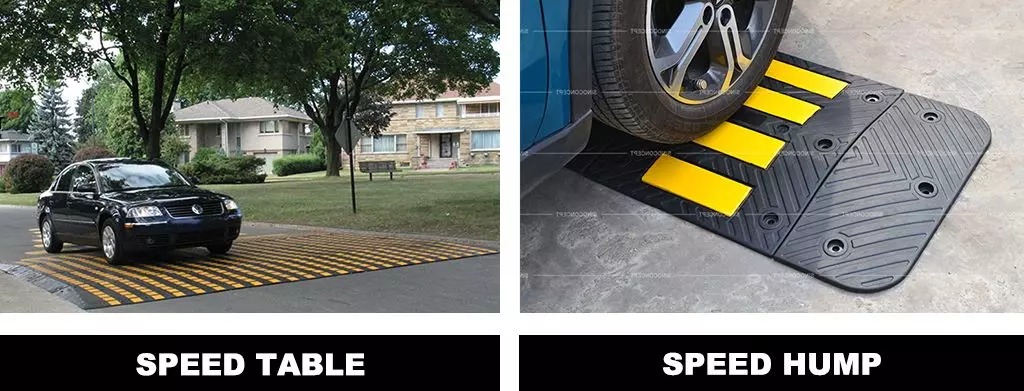
Flat-top speed humps vs sinusoidal humps
As mentioned above, noise is a factor in the livability of an area. An area with lots of noise from speed humps can lose property value. This is considered whenever speed humps are to be used in residential areas. Flat-top speed humps are considered better than those with a more sinusoidal shape.
The flat-top speed humps are designed so that the vehicles passing over will generate less noise on impact. In the case of rubber speed humps, the noise is even lesser than its concrete or asphalt counterpart. This is due to the softer and more absorbing nature of their material.
Meanwhile, sinusoidal speed humps were designed to favour cyclists or bicyclists. This is because they have a round top instead of a flat top. They also feature a shallower initial rise, so they tend to provide more comfort to two-wheelers.
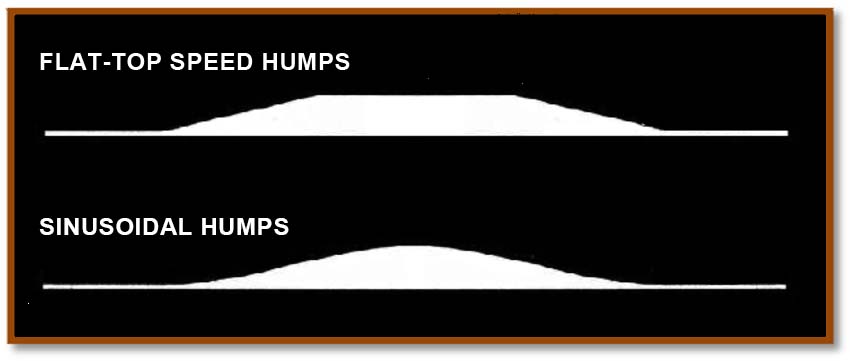
Conclusion
A speed hump effectively reduces speed and prevents accidents. It is favoured as it also doesn’t reduce emergency vehicle response times as much as other traffic calming techniques.
At the same time, however, the older speed humps receive criticism from many. Concerns range from annoyance to legitimate problems of vehicular health and financial expenditure. As far as pedestrian safety is concerned, however, the positives outweigh these issues.
To learn more, we advise you to refer to the following pages:

